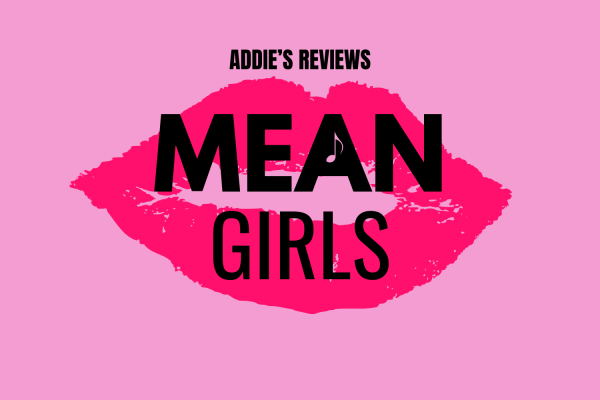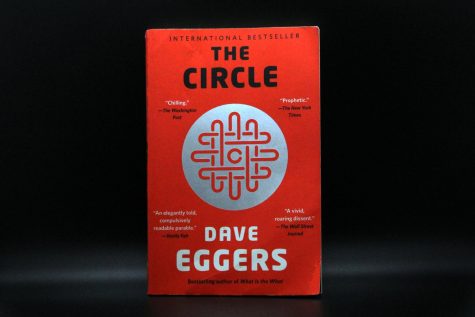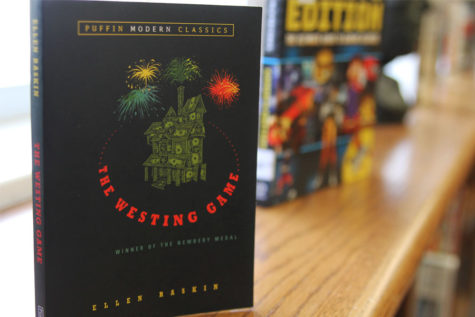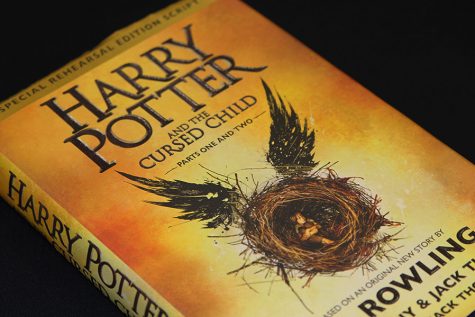‘The Grief Keeper’ spins hopeful tale of recovery, perseverance
Winner of a 2020 Lambda Literary Award, ‘The Grief Keeper’ is a diverse and captivating story about mental health and the experience of young immigrants in America. The book is available on Amazon, Barnes and Noble, Google Play Books and most other major retailers, ranging from $10.99–17.99.
It is all her fault. Her responsibility. Sitting in the back of a strangers car en route to New Jersey, 17-year-old Marisol Morales must make a dangerous decision: trust the word of a woman she has never met and her promise of protection, or risk herself and her 12-year-old sister being deported back to El Salvador, along with the mortal danger that awaits them there.
After being forced to flee her home with her sister, Gabi, and crossing into the U.S. in search of safety, Marisol is forced to take risks that put their safety and her mind on the line. A corrupt government makes her the subject of an unproven treatment in exchange for conditional asylum. Her part in that treatment makes her a “grief keeper, “a person who takes in the trauma and pain of another, reliving them as if they were their own so the patient does not have to. Willing to do anything to protect her sister, she agrees, becoming a keeper for Rey, the daughter of a wealthy family at the end of her rope. But as she resolves to follow her path regardless of the consequences, she negates the risk of her own past resurfacing, or that she may fall for the one she is supposed to be helping.
“The Grief Keeper” by Alexandra Villasante is a wonderfully slow-burning mixture of a realist plot and sci-fi elements that manages to balance heavy-hitting topics with an experience that would be close to home for some and engagingly alien to others.
Every setting feels real, with small details placed in just the right way to give every environment a sense of being lived in.
— Nicole Butcher, Staff Reporter
Note: Before reading further, both the story and this review contain language and descriptions relating to depression, emotional trauma and discrimination.
One thing the book does best is the accuracy and detail of its writing. In many works undertaking the difficult task of describing the experience of those living with mental illness and discrimination, the outcome ends up falling short, either over-dramatizing or deemphasizing the impact they have on people’s lives. Villisante’s writing avoids those pitfalls with her portrayal of depression and its effects specifically, being one of the most accurate in the genre. On top of the realness in its characters’ experiences, the added element of the ‘cuff,’ the device involved in the government’s experiment, adds a unique twist to the story that provides an excellent vessel for the rest of the plot to develop around Marisol’s emotions. In effect, this provides a different point of view that comes across as an understandable metaphor for the book’s core message.
Villisante’s writing also excels in the vividness of its descriptions. Every setting feels real, with small details placed in just the right way to give every environment a sense of being lived in, giving them an existence outside the bounds of the story. The way the imagery changes between the past and present makes the former feel like a dream, with an intentional haze falling over the reader’s senses and the latter nervously precarious as it changes from page to page with the characters’ experiences. Every situation is specifically tailored to reflect the perspective of Marisol, mirroring her emotions and thoughts.
As the story unfolds and eventually comes to a close, there is little to dislike about the experience. The relationship between Marisol and Rey is well developed and not rushed, and the ending perfectly ties the story together in a way that is both satisfying and well-fitting to the rest of the work. The only drawback was the lack of a remarkable climax. While the reveal and intense imagery definitely accumulate into a fit story, it is understandable that the lack of a major event in the present portion of the story could be a letdown for some readers.
In general, this book is highly recommended to any readers who are interested in semi-realist fiction or even just an excellent story. So for readers willing to take a deep dive into heavy themes, mental health and unfamiliar experiences, give it a try.

Hello! My name is Nicole Butcher. I am a senior, and this is my first year on staff. I'm really excited to be here and have the opportunity to work with the awesome people on our staff. Outside of The Eagle's Tale, I am involved with drama, art and (probably...












